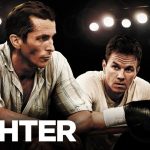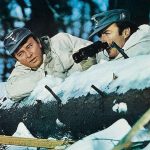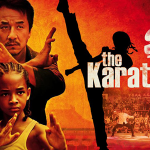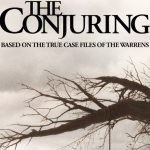🎬 GoodFellas (1990): A Masterclass in Crime Cinema
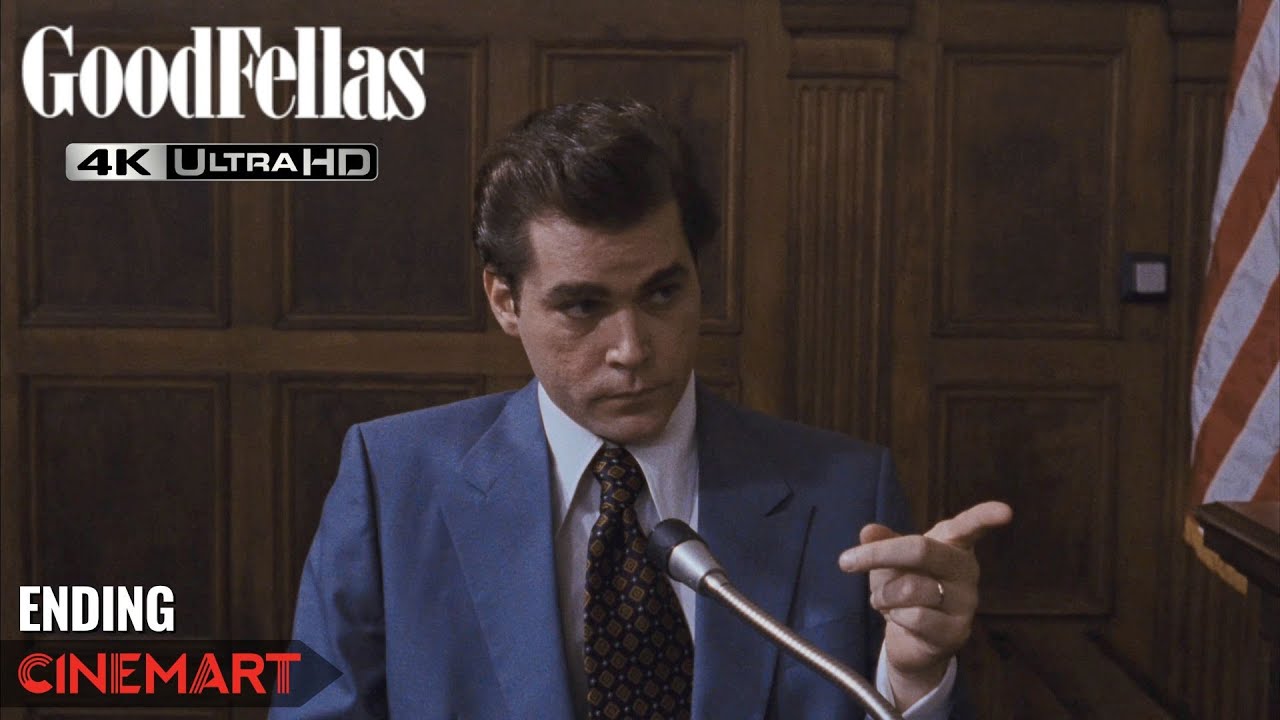
Introduction: Martin Scorsese’s GoodFellas (1990) is widely regarded as one of the greatest crime films ever made. Based on Nicholas Pileggi’s book Wiseguy, the film chronicles the rise and fall of Henry Hill (Ray Liotta), a young man who grows up in the mob world. GoodFellas is a story of loyalty, power, and betrayal, depicted with Scorsese’s signature style of raw intensity, sharp humor, and unforgettable performances. Over three decades since its release, it remains a masterpiece of American cinema, a timeless exploration of organized crime’s allure and consequences.
Plot Overview: The film follows Henry Hill, from his teenage years in 1950s Brooklyn, when he first becomes involved with the local mob, to his rise within the ranks of the mafia under the guidance of mentors Jimmy Conway (Robert De Niro) and Tommy DeVito (Joe Pesci). As Henry gets deeper into the criminal underworld, he experiences both the thrill of power and the dangers that come with it.
From drug smuggling and lavish parties to violent confrontations, Henry’s life spirals out of control. His involvement in the 1978 Lufthansa heist leads to his eventual downfall, as paranoia and betrayal plague his closest relationships. The film ends with Henry turning informant, forced to trade his life of crime for the mundane anonymity of witness protection, lamenting the loss of his high-powered mob life.
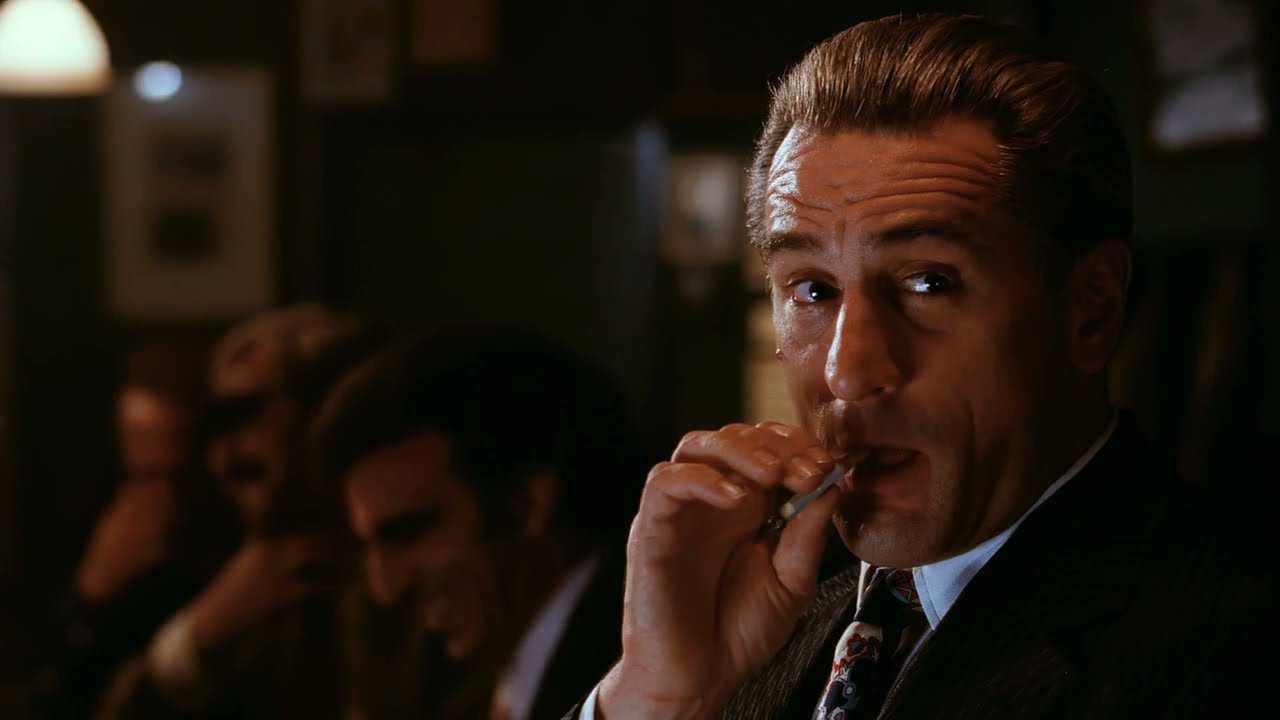
Performance and Character Dynamics: Ray Liotta’s portrayal of Henry Hill is both charismatic and tragic. He masterfully captures Henry’s initial awe of the mob, his gradual moral descent, and his ultimate disillusionment. Robert De Niro, as Jimmy Conway, is magnetic, delivering a performance filled with quiet menace and controlled fury. However, it’s Joe Pesci’s portrayal of the unhinged Tommy DeVito that truly steals the show. Pesci’s depiction of Tommy’s violent outbursts, particularly in the famous “funny how” scene, earned him an Academy Award and remains one of the most iconic performances in cinema history.
The dynamic between these three characters creates much of the tension in GoodFellas. Their friendship is built on mutual ambition and violence, but as greed and paranoia take over, their loyalties unravel, leading to a brutal end for many of the film’s key players.
Themes and Analysis: At its core, GoodFellas is about the seductive power of crime and the high cost of living outside the law. The mob lifestyle is portrayed as glamorous—full of money, respect, and excitement—but Scorsese never lets the audience forget the violence, treachery, and ultimate futility that underpin it. Henry’s narrative voice, filled with casual bravado and nostalgia, contrasts sharply with the dark reality of his actions, reinforcing the idea that crime, no matter how thrilling, leads to destruction.
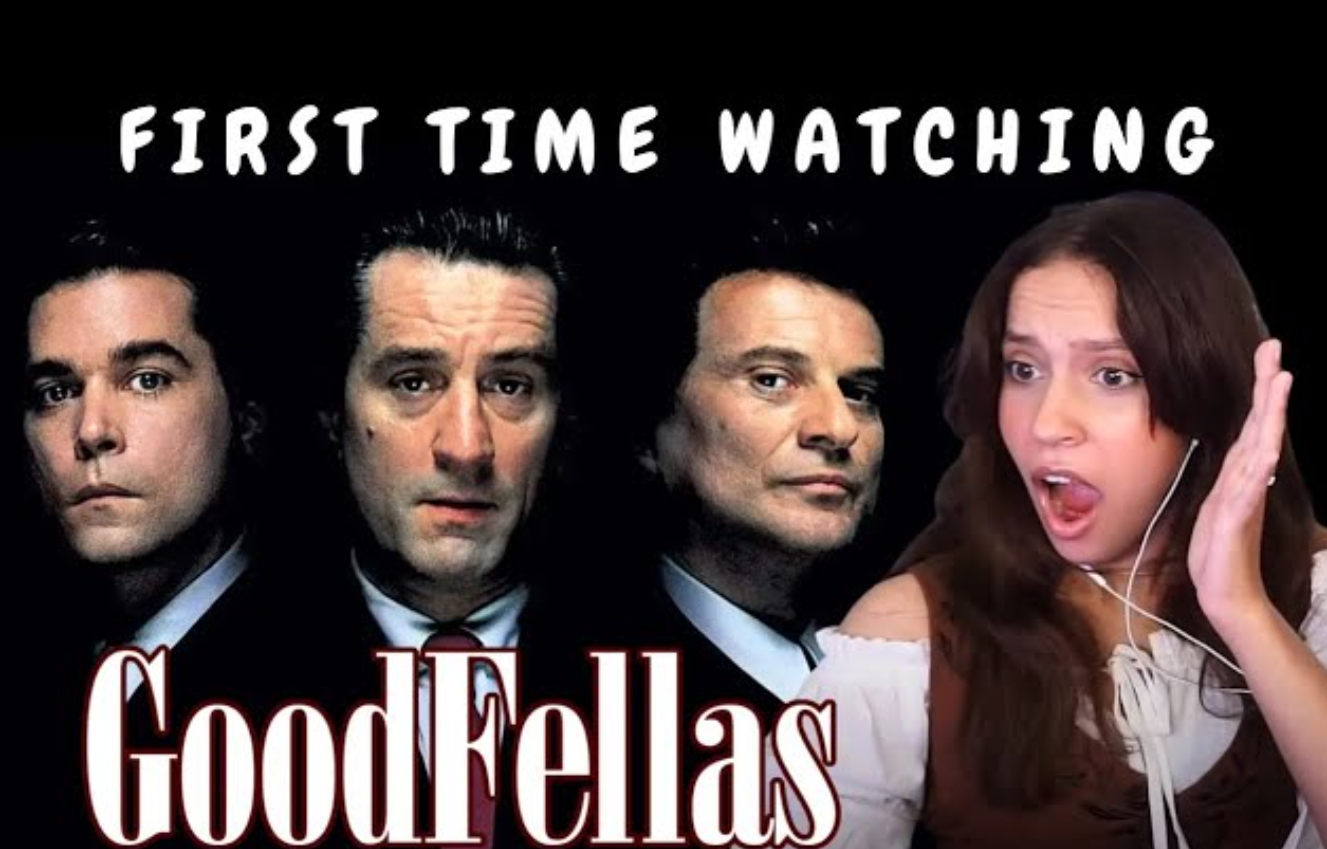
The film also delves into themes of loyalty and betrayal. Throughout the story, characters who live by the mob’s code of honor quickly betray each other when it suits their interests, illustrating how fragile alliances are in a world ruled by greed and fear.
Visuals and Cinematic Style: Scorsese’s direction in GoodFellas is a masterclass in cinematic storytelling. The film’s use of long takes, especially the famous Copacabana tracking shot, immerses the audience in the world of the characters, creating a sense of immediacy and excitement. Scorsese also expertly juxtaposes upbeat music with violent imagery, enhancing the film’s tone of casual cruelty.

The rapid editing, voiceover narration, and use of freeze frames contribute to the film’s energetic pacing, making the two-and-a-half-hour runtime fly by. Every frame is meticulously crafted to draw the audience into the glamour and horror of the mob lifestyle.
Film Details:
- Title: GoodFellas
- Release Date: September 19, 1990
- Director: Martin Scorsese
- Starring: Ray Liotta, Robert De Niro, Joe Pesci, Lorraine Bracco
- Genre: Crime, Drama
- Runtime: 2h 26m
- Rating: R
Final Thoughts: GoodFellas is more than just a crime drama—it’s a cinematic experience that pulls the viewer into the heart of the mafia’s seductive world. The film’s brilliant performances, razor-sharp direction, and gripping narrative make it an enduring classic. Scorsese’s portrayal of the mob’s rise and fall, with all its highs and lows, remains one of the most impactful depictions of organized crime in film history. For anyone who appreciates great filmmaking, GoodFellas is an essential watch—a film that continues to influence and inspire decades after its release.
SUGGESTED VIDEO FOR YOU:
Movie Review: The Killer’s Game (2024): A Deadly Contract, A Race Against Time
Movie Review: HELLBOY THE CROOKED MAN: BATTLE WITH THE DEMON
